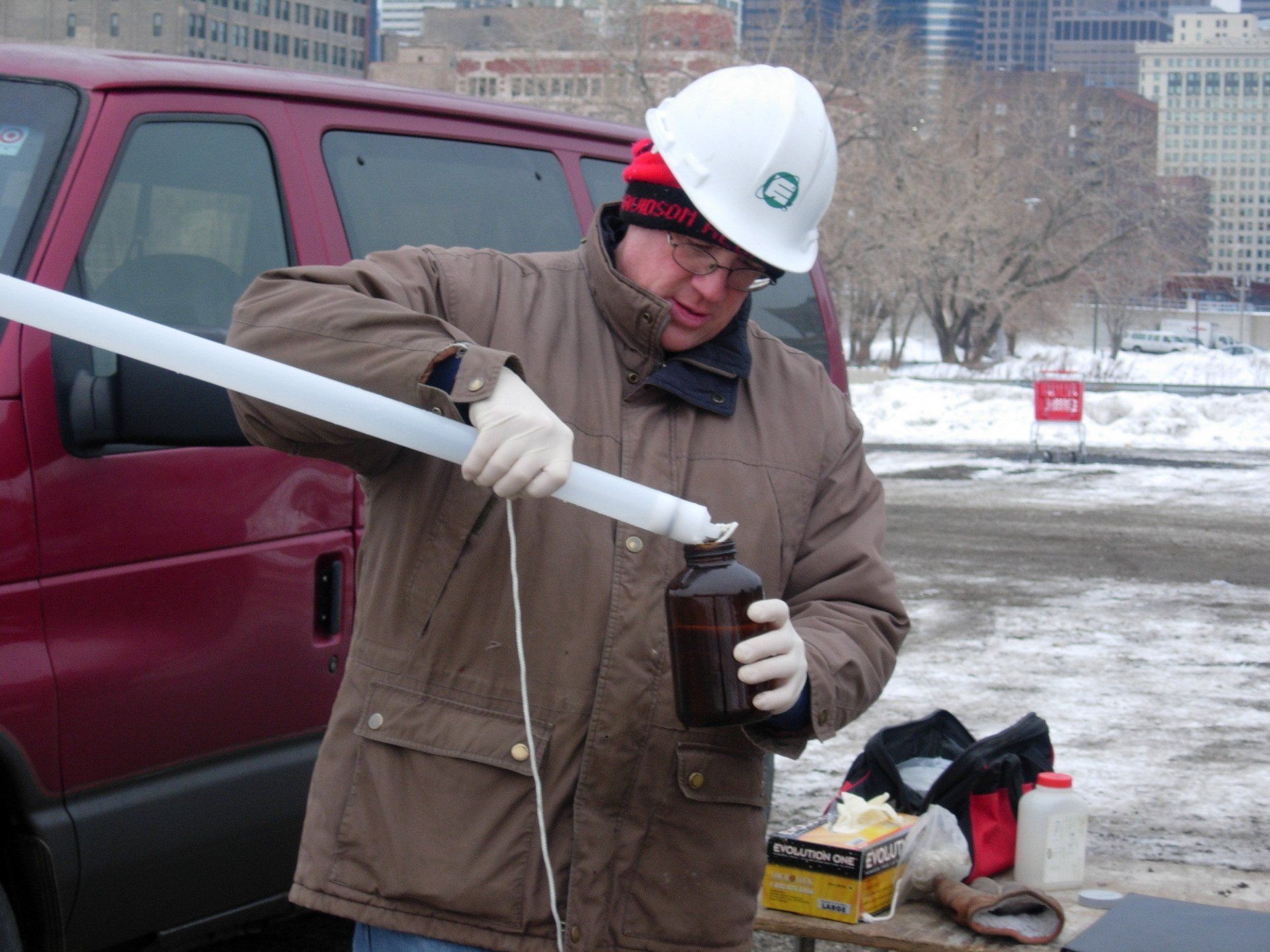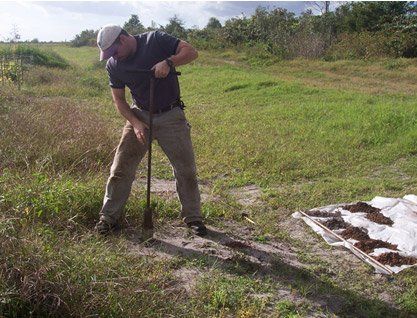Soil & Groundwater Testing
CONTACT US
Soil & Groundwater Testing
Soil and groundwater testing is often performed as part of a Phase II Environmental Site Assessment (ESA).
For example, if an underground gasoline storage tank was discovered during the Phase I ESA, ECG may design a soil and groundwater testing project that involves installing soil borings around the underground tank. Soil samples would be collected and analyzed for gasoline indicator contaminants, such as benzene, to determine whether the soil surrounding the tank is contaminated.
The scope of work for a Phase II ESA, or subsurface investigation, involving both soil and groundwater testing might include:
- A site visit to layout the boring locations and groundwater monitoring well locations.
- Advancing soil borings in selected areas of the site. The soil borings would be drilled to a depth of approximately 16 feet below grade surface.
- Collecting soil samples for field screening, and selecting soil samples for laboratory analysis.
- Analyzing soil samples for volatile organic compounds (VOCs), benzene/toluene/ethylbenzene/xylenes (BTEX), methyl tertiary butyl ether (MTBE), semi volatile organic compounds (SVOCs), polynuclear aromatics (PNAs), total metals (metals), pH, and dry weight.
- Installing groundwater monitoring wells to depths of approximately 20 feet.
- Developing and surveying the wells.
- Collecting five groundwater samples and having them analyzed for VOCs and SVOCs.
- Completing a Phase II ESA or a Subsurface Investigation Report summarizing the field activities and analytical work.
For more information
REQUEST AN ESTIMATEPHONE: 800.282.2084
DOWNLOAD PDF
Questions to Ask
When Selecting an Environmental Consulting Firm
ECG has extensive experience with all aspects of soil and groundwater testing. We conduct subsurface investigations regardless of whether we conducted the Phase I ESA or any other environmental work on the property.



